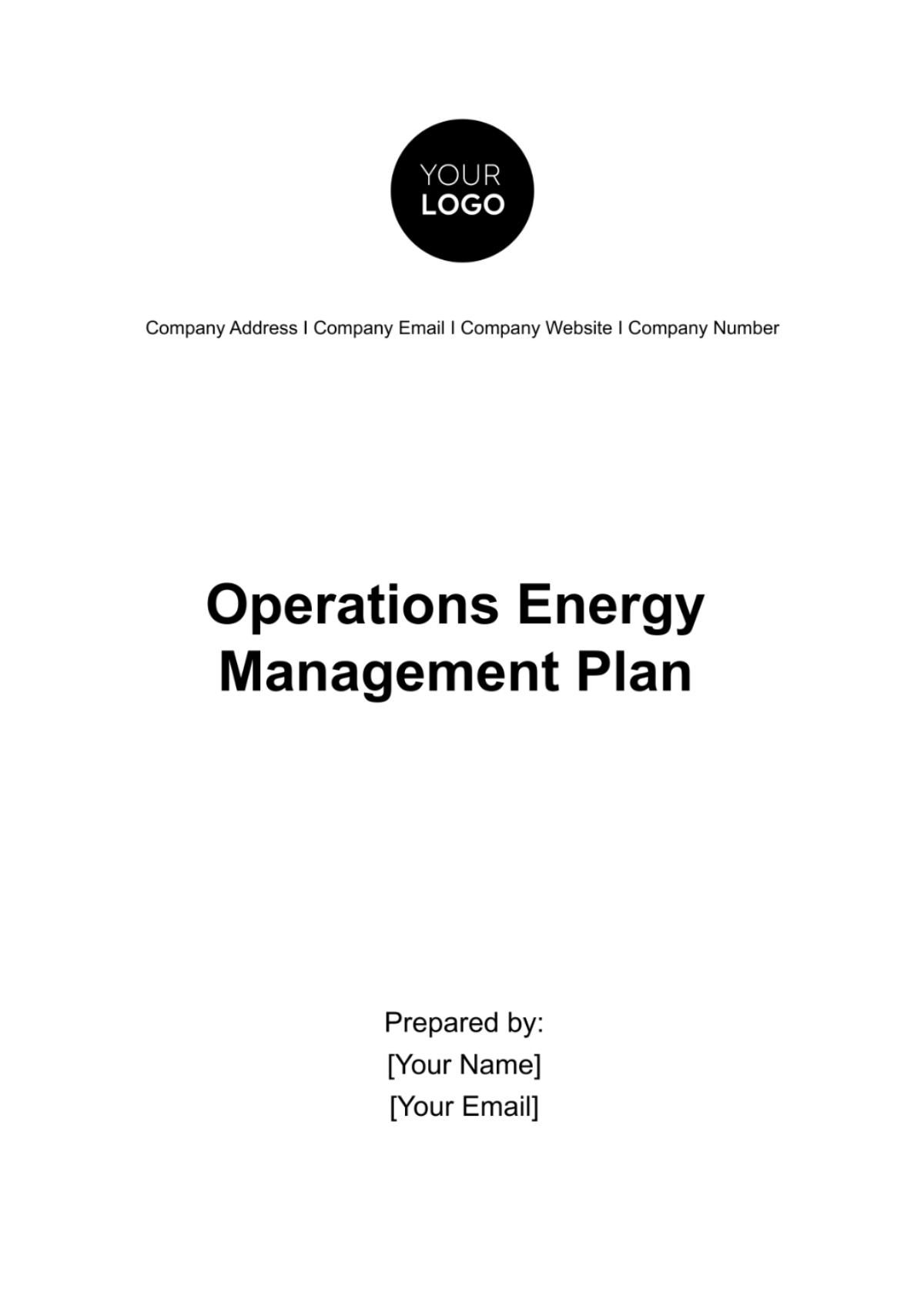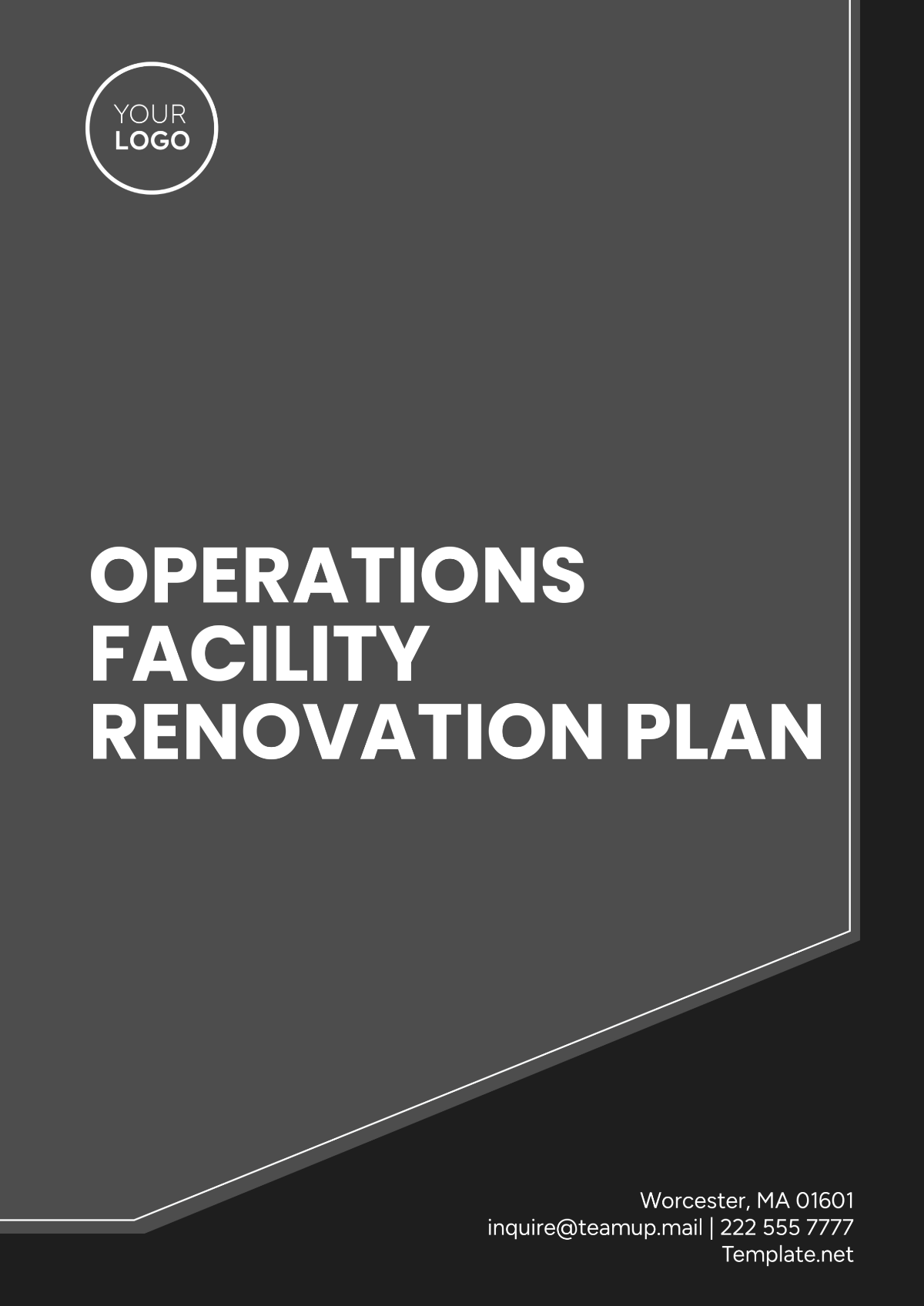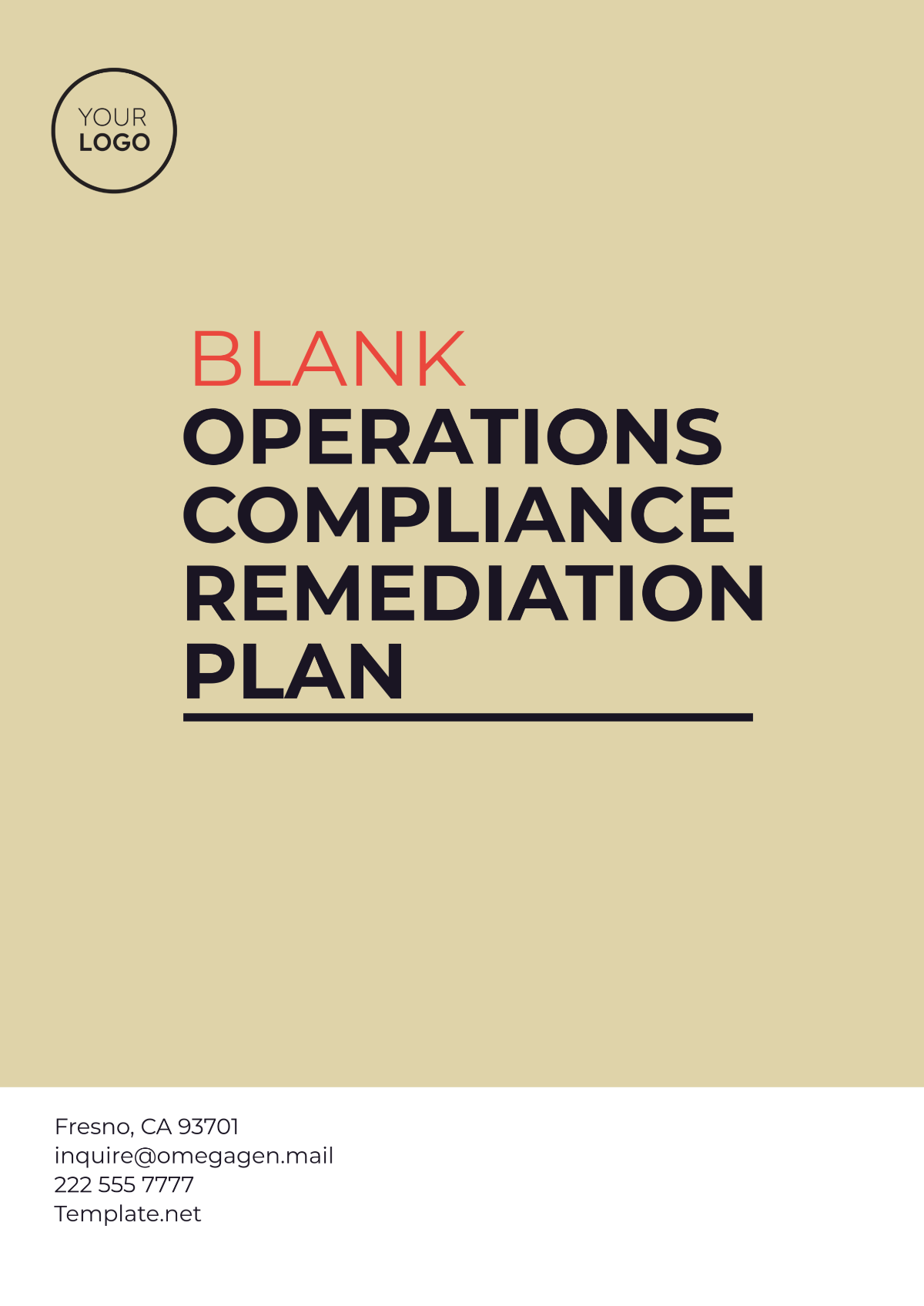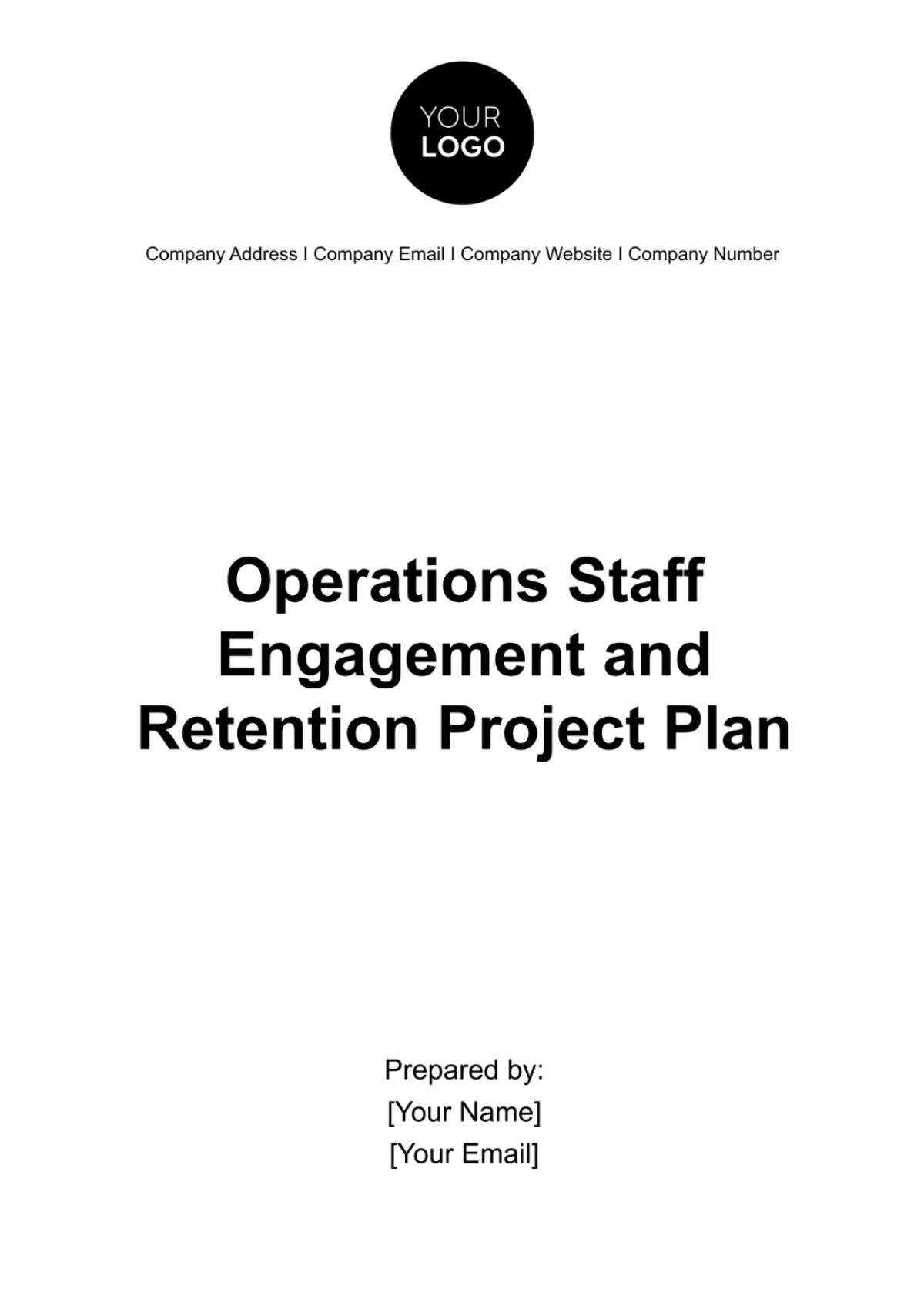Operations Customer Support Channel Optimization Plan
Prepared By: | [Your Name] |
Company: | [Your Company Name] |
Date: | [Date] |
Introduction
In an increasingly digital world, the quality and efficiency of customer support channels are critical to ensuring customer satisfaction and loyalty. This Operations Customer Support Channel Optimization Plan is designed to enhance the effectiveness of customer service channels by streamlining communication processes, integrating new technologies, and improving overall service delivery. The ultimate goal is to reduce response times, increase customer satisfaction, and optimize resource allocation, ensuring the organization can meet and exceed customer expectations.
Objectives
The primary objectives of this optimization plan are:
Increase Customer Satisfaction: Improve the quality and responsiveness of customer interactions across all support channels.
Reduce Operational Costs: Streamline processes to minimize resource consumption and reduce response times.
Enhance Channel Efficiency: Identify underperforming channels and optimize them to better meet customer needs.
Implement New Technologies: Integrate automation and AI tools to enhance the support experience and improve operational efficiency.
Improve Data-Driven Decision Making: Use customer data and feedback to continuously improve the performance of support channels.
Current State Analysis
Before implementing any changes, a thorough analysis of the existing customer support channels is required. This phase will include:
Channel Performance Evaluation: Review the performance of current support channels, such as phone, email, live chat, social media, and self-service platforms.
Customer Satisfaction Analysis: Collect feedback from customers regarding their experiences with existing support channels.
Support Agent Efficiency: Assess agent workloads, average handling times, and support quality to identify areas for improvement.
Technology Review: Evaluate the current technology stack to identify gaps in tools, platforms, or systems that can be improved or replaced.
Key Strategies for Optimization
1. Channel Integration and Consolidation
To reduce fragmentation and enhance efficiency, consolidate customer interactions across multiple channels into a unified system:
Omnichannel Support Platform: Implement a centralized platform that integrates all support channels (email, chat, social media, etc.) to provide a seamless experience for both customers and support agents.
Channel Prioritization: Identify which channels are most effective and preferred by customers. Allocate resources accordingly and consider phasing out underperforming or redundant channels.
2. Introduction of Automation and AI Tools
Automation can significantly reduce response times and improve consistency in customer support:
AI Chatbots: Implement AI-powered chatbots on digital platforms (website, mobile app, etc.) to handle basic inquiries, FAQs, and common issues, freeing up human agents for more complex requests.
Automated Ticketing System: Use automation to categorize, prioritize, and route support tickets based on their urgency, reducing delays in response time.
Self-Service Portal Expansion: Enhance the self-service portal with a comprehensive knowledge base, tutorial videos, and troubleshooting guides, enabling customers to resolve issues independently.
3. Improving Agent Performance and Training
Optimizing the skills and performance of customer support agents is key to improving overall service quality:
Ongoing Training and Development: Provide continuous training on new tools, technologies, and customer service best practices to ensure agents are equipped to handle customer inquiries effectively.
Performance Analytics: Use analytics to monitor individual agent performance, identifying areas for improvement and offering targeted coaching to improve efficiency and service quality.
Knowledge Sharing: Foster a culture of knowledge sharing among agents to ensure that best practices are shared and applied across the team.
4. Enhanced Data Utilization
Leverage customer data and insights to inform decisions and optimize support processes:
Customer Feedback Loops: Collect feedback after each interaction to identify pain points and areas for improvement.
Performance Metrics: Track key performance indicators (KPIs) such as first response time, resolution time, customer satisfaction (CSAT) scores, and Net Promoter Score (NPS) to gauge channel effectiveness and agent performance.
Predictive Analytics: Use predictive analytics to forecast customer service trends and adjust resources to meet peak demand times, ensuring a proactive approach to support.
5. Cost Efficiency and Resource Allocation
Optimize resources to ensure cost-effective operations without compromising customer satisfaction:
Workforce Management: Use analytics to forecast support volume and adjust staffing levels accordingly, avoiding overstaffing during low-volume periods while ensuring adequate coverage during peak times.
Outsourcing Options: Evaluate the potential for outsourcing certain support functions, such as basic inquiries or after-hours support, to reduce costs while maintaining service levels.
Implementation Plan
Phase 1: Assessment and Strategy Development (Month 1-2)
Conduct a comprehensive audit of existing support channels, technologies, and processes.
Gather customer feedback through surveys and support tickets.
Identify key performance metrics for evaluation.
Phase 2: Technology Integration and Automation (Months 3-4)
Implement an omnichannel support platform and integrate automation tools like AI chatbots and ticketing systems.
Enhance the self-service portal with a comprehensive knowledge base and FAQs.
Train agents on new tools and processes.
Phase 3: Training and Resource Optimization (Months 5-6)
Begin ongoing training programs for customer support agents, focusing on new technologies and best practices.
Use performance analytics to track agent efficiency and identify areas for improvement.
Adjust resource allocation based on performance data and customer demand patterns.
Phase 4: Monitoring, Feedback, and Continuous Improvement (Month 7+)
Continuously monitor the performance of all support channels using KPIs and customer feedback.
Implement iterative improvements based on data insights, adjusting the plan as necessary to meet evolving customer needs.
Ensure regular performance reviews and adjustments to maintain optimal efficiency.
Key Performance Indicators (KPIs)
To measure the success of this optimization plan, the following KPIs should be tracked:
First Response Time: The average time it takes for a customer to receive an initial response.
Resolution Time: The time it takes to resolve a customer’s issue from start to finish.
Customer Satisfaction (CSAT): A metric that tracks customer satisfaction with the support received.
Net Promoter Score (NPS): A measure of customer loyalty and likelihood to recommend the support service.
Ticket Volume: The number of support tickets handled by each channel.
Conclusion
By implementing this Operations Customer Support Channel Optimization Plan, the organization can achieve a more efficient, responsive, and cost-effective customer support system. By leveraging technology, enhancing agent performance, and continuously monitoring performance metrics, the company will be positioned to offer exceptional customer service and maintain high levels of customer satisfaction.

















































